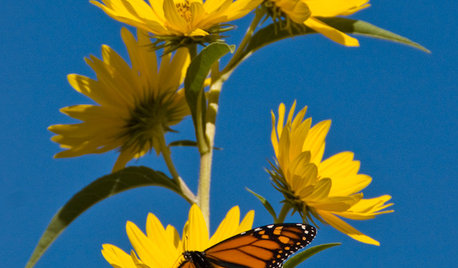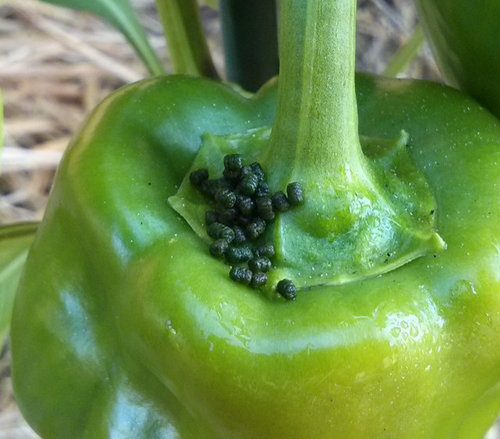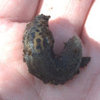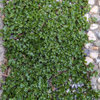Small brown droppings on my pepper plant
mikehga79
10 years ago
Featured Answer
Sort by:Oldest
Comments (11)
ken_adrian Adrian MI cold Z5
10 years agopachagaia
10 years agoRelated Professionals
Saint Charles Landscape Architects & Landscape Designers · South Elgin Landscape Architects & Landscape Designers · Cockeysville Landscape Contractors · Concord Landscape Contractors · Corona Landscape Contractors · Elmhurst Landscape Contractors · Euclid Landscape Contractors · Glendale Heights Landscape Contractors · Goodlettsville Landscape Contractors · Kahului Landscape Contractors · La Verne Landscape Contractors · Lake Worth Landscape Contractors · Porterville Landscape Contractors · Stallings Landscape Contractors · Silver Firs Landscape Contractorsken_adrian Adrian MI cold Z5
10 years agoagardenstateof_mind
10 years agorhizo_1 (North AL) zone 7
10 years agoagardenstateof_mind
10 years agorhizo_1 (North AL) zone 7
10 years agoHU-194738965
5 years agoTroy Tabron
5 years agoTravis Johnson
3 years ago
Related Stories

GARDENING GUIDESSummer Crops: How to Grow Peppers
Some like 'em hot; others like them sweet. With the incredible range of peppers available for home gardens, you can have your pick
Full Story
GARDENING GUIDESGot Frost-Damaged Plants? How It Happens, and When and How to Prune
Crispy brown leaves are a sure sign that Jack Frost has been to your neighborhood
Full Story
LIVING ROOMSDrop In on a Hot Comeback With a Sunken Living Room
Take the plunge into a new kind of practicality with an interior design feature that has a rich history
Full Story
GARDENING GUIDESGreat Design Plant: Helianthus Maximiliani Attracts Beneficial Insects
Maximilian sunflower’s striking yellow flowers light up the fall landscape and attract pollinators and beneficial insects at a crucial time
Full Story
FARM YOUR YARDHow to Build a Raised Bed for Your Veggies and Plants
Whether you’re farming your parking strip or beautifying your backyard, a planting box you make yourself can come in mighty handy
Full Story
HOUSEPLANTS8 Essentials for Healthy Indoor Plants
Houseplants add so much to our homes — and can thrive when grown in the right conditions. Keep these tips in mind
Full Story
PLANTING IDEASBig Foliage for Small Spaces
Use bold, large-leaved plants to create intriguing contrast in a garden where they’re least expected
Full Story
HOUSEPLANTS10 Top Plants to Grow Indoors
Brighten a room and clean the air with a houseplant that cascades artfully, stretches toward the ceiling or looks great on a wall
Full Story
GARDENING GUIDESGreat Design Plant: Butterfly Milkweed, a Beacon in the Prairie
Vivacious orange flowers for you, nectar for the butterflies and bees. Asclepias tuberosa is worth planting for more reasons than one
Full Story
GARDENING GUIDESGreat Design Plant: Snowberry Pleases Year-Round
Bright spring foliage, pretty summer flowers, white berries in winter ... Symphoricarpos albus is a sight to behold in every season
Full StoryMore Discussions












rhizo_1 (North AL) zone 7